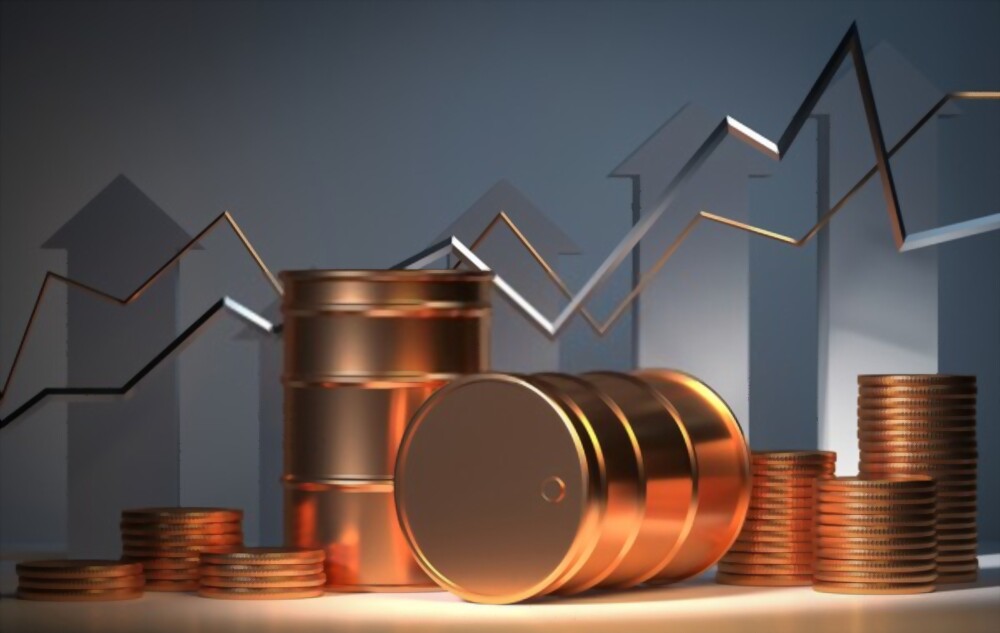When it comes to investing, one strategy that has withstood the test of time is collecting precious metals, including silver, gold, or platinum.
As with any investment, the key to profiting from purchasing silver is to have a solid understanding of the metal’s value.
How Much Is 10 Pounds Of Silver Worth?
The value of silver is determined by several factors, including demand. The more in-demand silver is at a particular time, the higher its value tends to be.
The value of silver is a complex and ever-changing concept. Another essential aspect to consider when evaluating silver’s value is its purity.
Generally, higher-purity silver will command a higher price due to its increased rarity and desirability.
When silver is used to make things like jewelry and silverware, a three-digit number is stamped on the item to show how pure the silver is.
For example, if the number is 999, it means that 99.9% of the alloy is silver.
Another number you might see is 925, which means the alloy is made up of 92.5% pure silver. This kind of silver is called “sterling silver” and is often used to make things that are decorative or used for eating.
Silver is a valuable metal, but its price can change quickly and often, even in one day. Currently, pure silver costs about $360 for one pound, which means it costs $3,600 for ten pounds. Sterling silver is another type of silver that’s often used to make things like jewelry and silverware. It costs about $340 per pound, which is $3,400 for ten pounds. These prices may go up or down over time.
In addition to purity and market demand, silver pieces may have a greater value if they are considered collectible or artistic.
Be Aware of Price Fluctuations

For those interested in the lucrative business of buying and selling silver, staying informed about the latest silver prices is crucial.
Just like the stock market, trading in precious metals demands a good understanding of market trends and a keen ability to identify favorable buying or selling opportunities.
To make the most money when trading silver, it’s important to buy it when prices are low, such as when demand is low.
This gives you a better chance to sell it later at a higher price and make a bigger profit.
What Is The Difference Between Pounds vs. Troy Pounds?
Pounds and troy pounds are both units of weight measurement, but they are used for different purposes. A pound is a commonly used unit of weight in everyday life, while a troy pound is used to measure precious metals like gold and silver.
A troy ounce has an extra 2.75 grams, making it slightly heavier than a regular ounce. A troy pound, which contains only 12 troy ounces instead of the regular 16 ounces, weighs approximately 0.82 times less than a regular pound.
The unit of measurement known as a “troy ounce” has a long and interesting history. It originated in the medieval city of Troyes, France, during the Middle Ages, where it was commonly used to weigh precious metals such as gold and silver.
Despite the availability of the metric system, troy ounces and pounds remain the preferred units of measurement when it comes to weighing precious metals such as silver.
How Do Precious Metal Prices Fluctuate?
Precious metal prices fluctuate due to a variety of factors, including supply and demand, economic conditions, geopolitical events, and investor sentiment. Here are some of the key reasons why the prices of precious metals such as gold, silver, and platinum fluctuate:
Supply and Demand:
Like any commodity, the prices of precious metals are affected by supply and demand. When demand is high and supply is limited, prices tend to rise. Conversely, when supply is high and demand is low, prices tend to fall.
Economic Conditions:
Precious metal prices are also influenced by the overall economic conditions in the global economy. In times of economic uncertainty or recession, investors tend to turn to safe-haven assets like gold, driving up its price. On the other hand, in times of economic growth and stability, the demand for precious metals may be lower, causing their prices to fall.
Geopolitical Events:
Political instability, conflicts, and natural disasters can also affect precious metal prices. When there is political turmoil or uncertainty, investors may turn to safe-haven assets like gold or silver, leading to an increase in demand and price.
Investor Sentiment:
Precious metal prices are also influenced by the sentiment of investors, who may buy or sell based on their expectations for future price movements. If investors believe that prices will rise, they may buy precious metals, driving up the price. Conversely, if investors believe that prices will fall, they may sell, leading to a decrease in price.
Currency Movements:
The prices of precious metals are often denominated in US dollars, which means that fluctuations in the value of the dollar can affect the price of precious metals. When the dollar weakens, it takes more dollars to buy an ounce of gold or silver, causing their prices to rise. When the dollar strengthens, the price of precious metals may fall.
Overall, the prices of precious metals are influenced by a complex set of factors and can fluctuate significantly over time. Investors should carefully consider all of these factors before making investment decisions in precious metals.
FAQs
How much is 1 ton of silver worth?
To determine the worth of 1 ton of silver, you would need to multiply the current price per pound of silver by 2,000 (since there are 2,000 pounds in a ton). As I don’t have access to real-time data, you will need to refer to current market prices from reliable sources to calculate the value of 1 ton of silver.